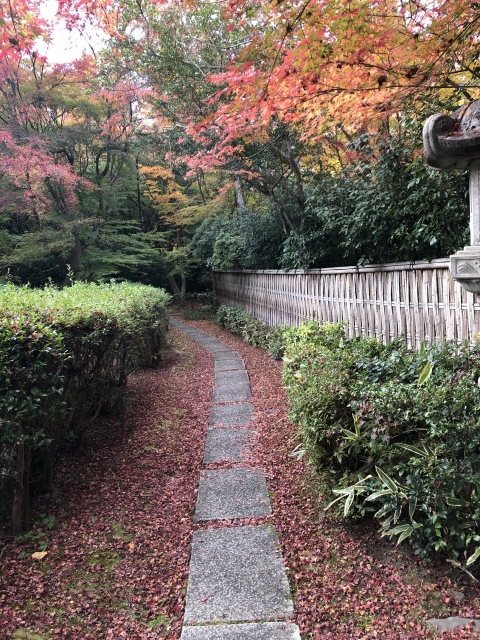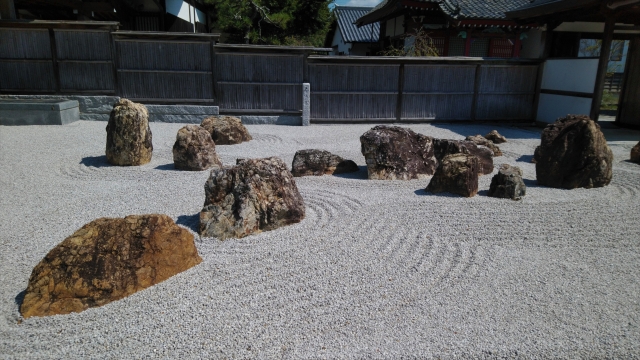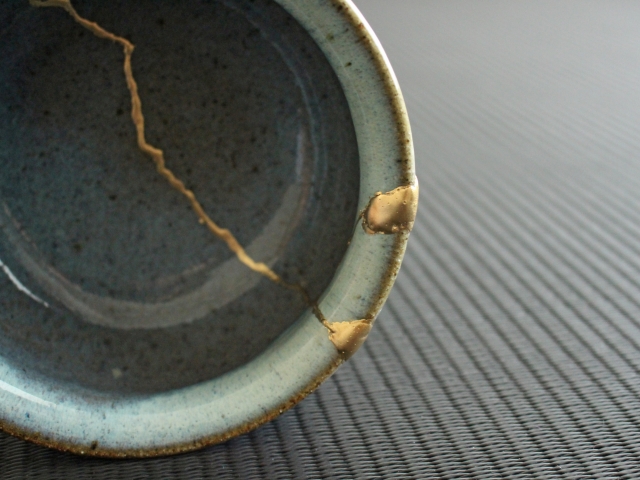Many of you have probably heard the term “wabi-sabi.” However, it is not easy to deeply understand its meaning and background. Wabi-sabi is a uniquely Japanese aesthetic, and can be described as the ability to find tranquility and deep emotion in nature and everyday life. Therefore, we will discuss what wabi-sabi is, the background of its birth, and its influence on contemporary Japanese culture.
Translated with DeepL.com (free version)
What is Wabi and Sabi?
Wabi and Sabi are independent concepts, but are often discussed together.
Wabi: A sensibility that emphasizes simplicity and rusticity and finds beauty in imperfection and lack thereof. For example, the act of restoring a broken teacup by kintsugi (metal-joining) and finding new value in it symbolizes wabi.
Sabi: It refers to the beauty that comes with the passage of time and the quiet charm that can be found in decayed or old things. We find value in the textures created by time and nature, such as moss-covered stones and faded wood.
These concepts go beyond mere visual beauty and involve spiritual comfort and deep sensitivity.

Background of Wabi and Sabi
The wabi-sabi aesthetic is deeply connected to Japan’s history, natural environment, and religious background.
- Harmony with Nature: The beauty of Japan’s four seasons and its environment, which is prone to natural disasters, have nurtured a spirit of acceptance of “change” and “impermanence” in people. It can be said that the wabi-sabi sensibility was born out of living in harmony with nature.
- Zen influence: Zen Buddhism emphasized simplicity and introspection, and encouraged an aesthetic that avoided ostentation and material wealth. Zen teachings greatly influenced the concept of wabi-sabi through the tea ceremony and garden culture.
- Development of the Tea Ceremony: The tea ceremony, established by SenNorikyu, epitomizes the wabi-sabi spirit. The beauty embodied in the simplicity of the tea room and the handmade tea utensils emphasizes quiet spiritual richness, without the luxury of ostentation.

Wabi and Sabi in Contemporary Japanese Culture
The spirit of wabi and sabi permeates and is utilized in many aspects of modern Japan.
- Architecture and Interior Design: Contemporary Japanese architecture and interior decoration incorporate natural materials and simple designs. For example, minimalist spaces using wood, Japanese paper, and stone reflect the wabi-sabi spirit.
- Wabi-sabi in everyday life: Wabi-sabi can also be seen in the aesthetics of Japanese cuisine, particularly in the presentation of dishes that emphasize seasonality and the choice of ceramic vessels. These cultivate a spirit of finding beauty in the everyday.
- Art and Fashion: The influence of wabi-sabi extends to art and contemporary fashion. Designs that dare to incorporate old materials and imperfections are attracting worldwide attention.
- Zen and Mindfulness: The wabi-sabi sensibility resonates with the global Zen and mindfulness movements. They share the same emphasis on simple living and the importance of savoring the present moment.

Wabi-sabi and Japanese Garden
The spirit of wabi and sabi is deeply rooted in the aesthetics of Japanese gardens. This influence is especially evident in garden styles such as karesansui (dry landscape) and chanba (tea garden).
- Karesansui: Karesansui, an abstract representation of natural scenery using sand and stones, is a symbol of wabi and sabi. The minimalist materials and design invite tranquility and deep reflection.
- Tea Garden (Roji): Designed for the tea ceremony, this garden features a simple yet precisely calculated design. Moss-covered stone pavements, bamboo fences, and chozubachi (water bowls) express the spirit of wabi and sabi.
- Harmony with Nature: Japanese gardens are designed to embrace nature as it is and to be a part of nature rather than artificially decorated. This is also a result of the wabi-sabi philosophy.
Japanese gardens are spaces that remind the viewer of the beauty and serenity of nature and help bring the spirit of wabi and sabi into everyday life.
Learning from Wabi-sabi
Wabi-sabi gives us the power to see things for what they really are. It teaches us not to fear imperfection and change, but to embrace them and the importance of finding new beauty and value.
At first glance, wabi-sabi may seem quiet and subdued, but the deep spirituality and philosophy of beauty within it brings richness and peace of mind to our hearts.
By understanding and incorporating wabi-sabi into our lives, we can appreciate the ordinary moments of daily life and see the world from a new perspective.

